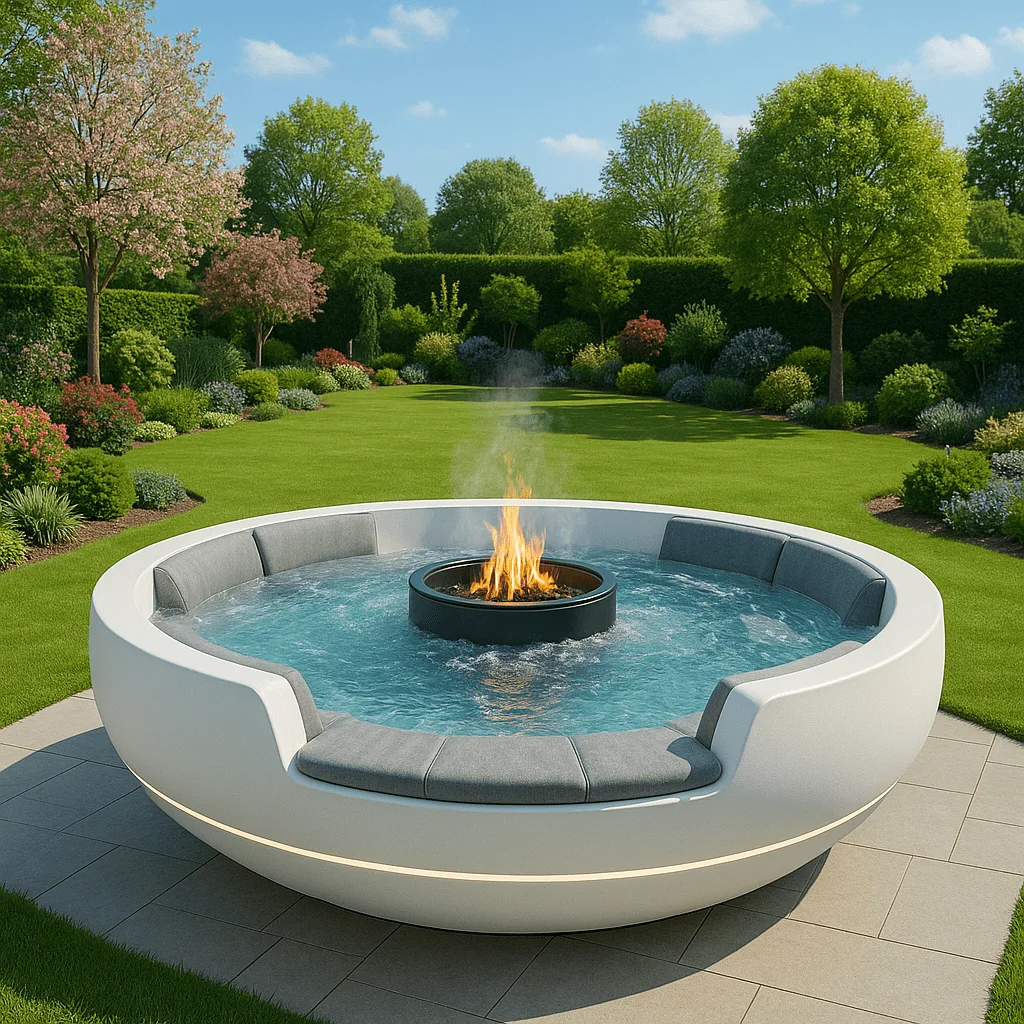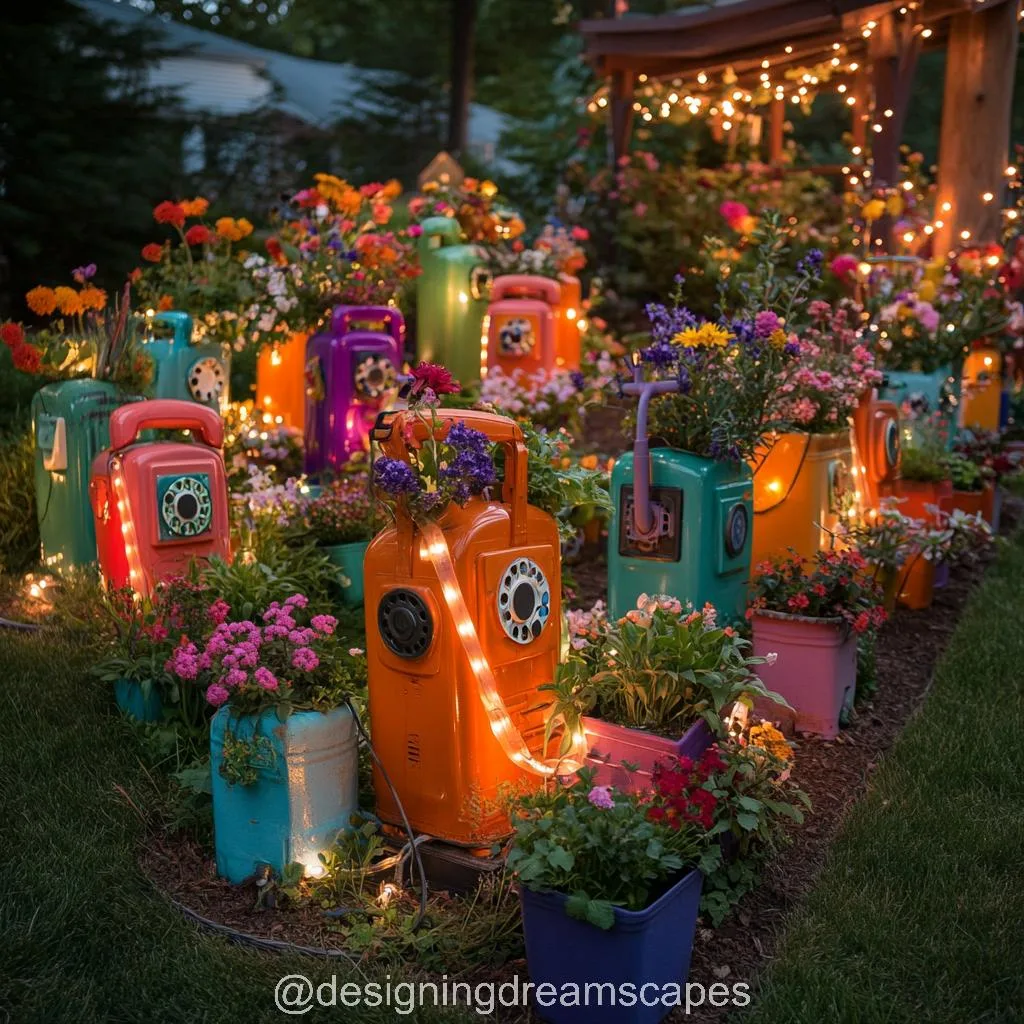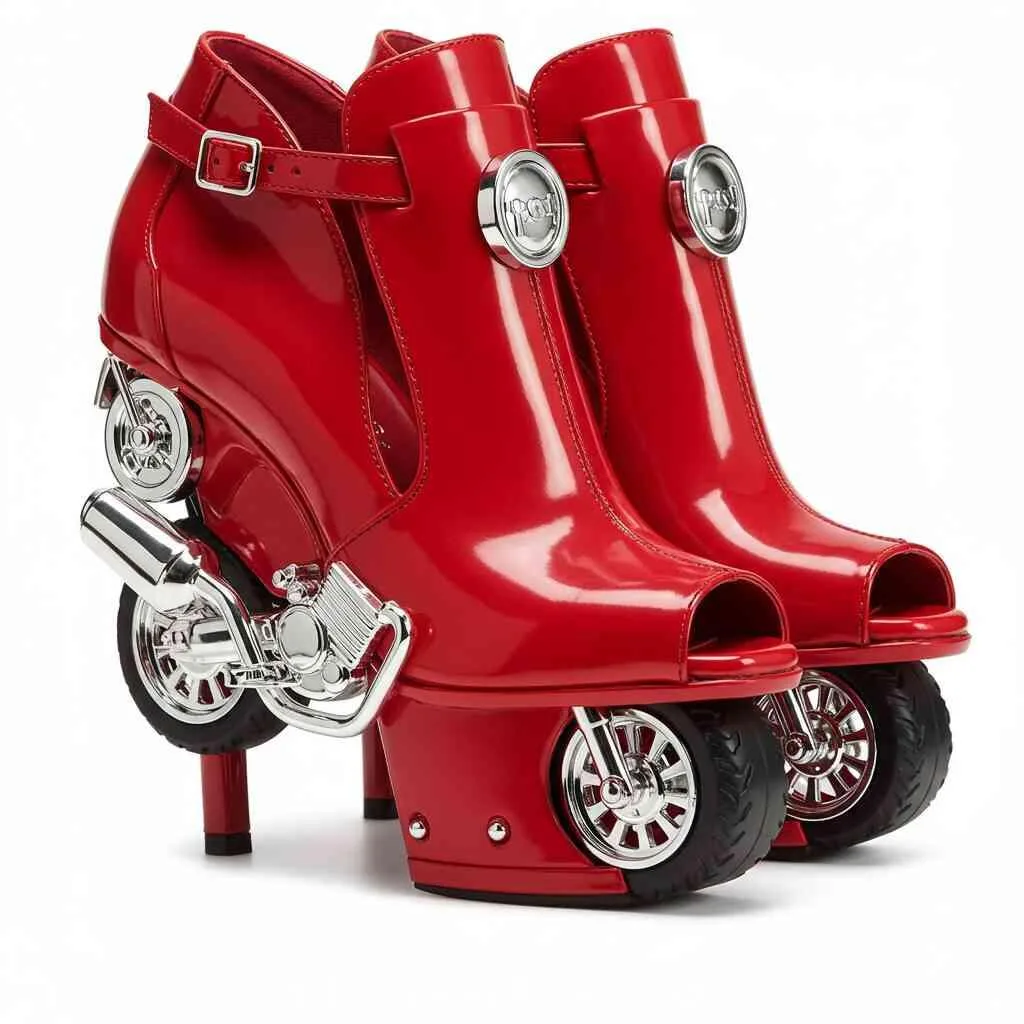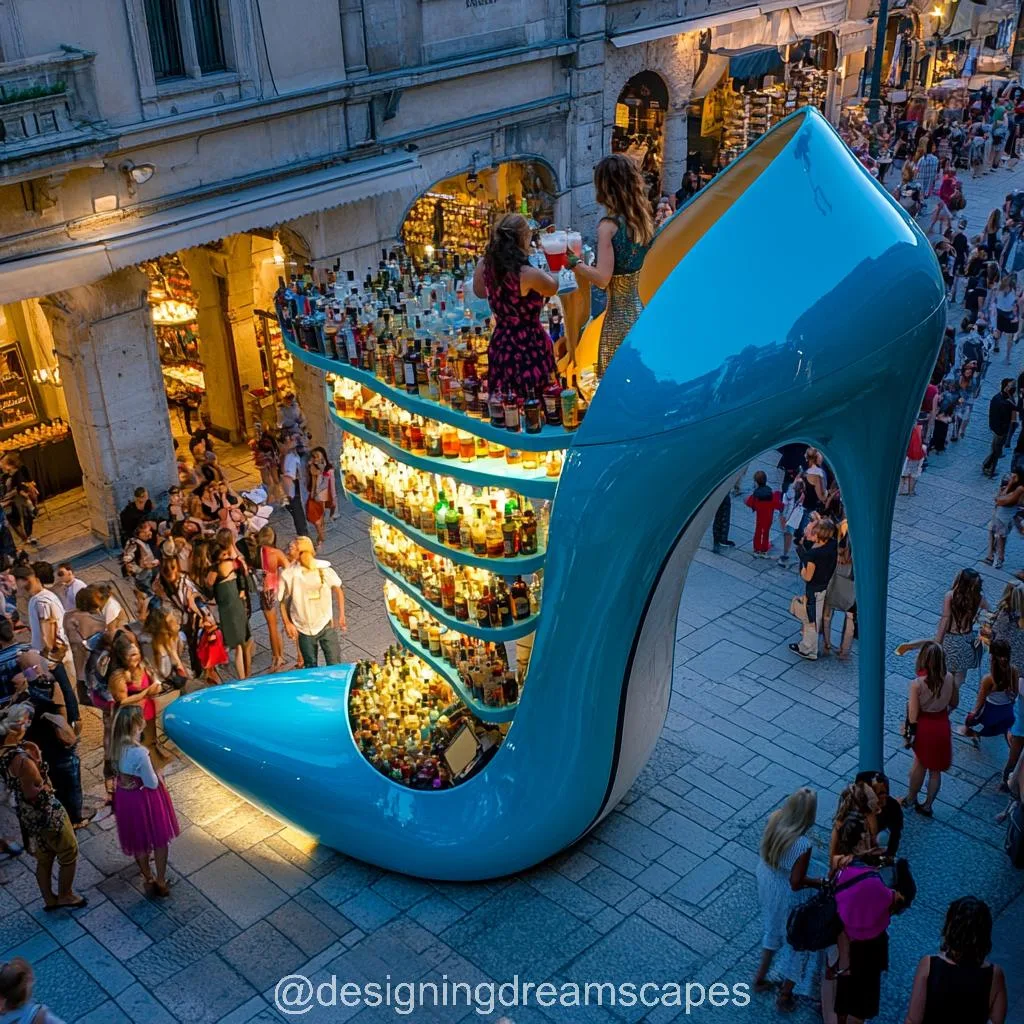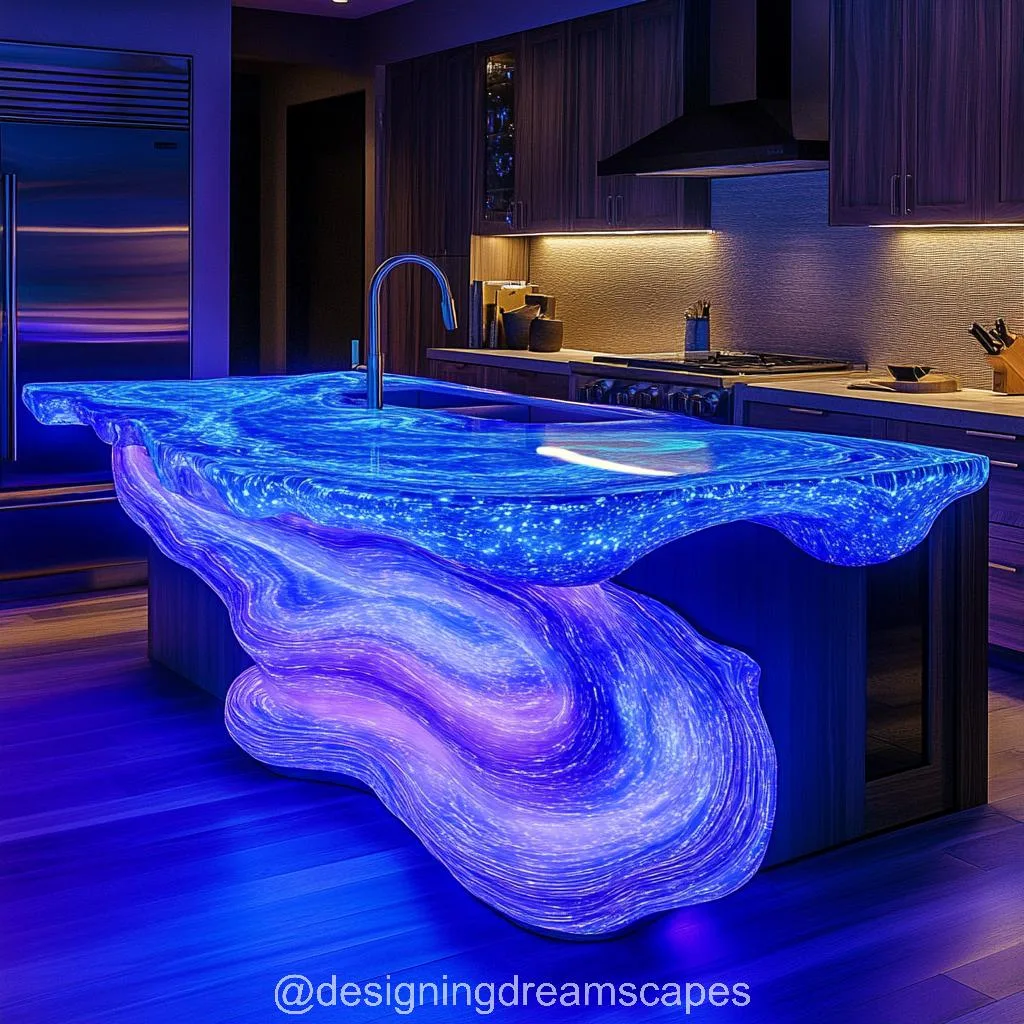Contents
Reimagining Outdoor Comfort
Outdoor living has evolved far beyond simple patios and lounge chairs. Modern backyard design now fuses comfort, creativity, and elemental energy to create immersive experiences. Among the most compelling expressions of this evolution is the Fire Pit Hot Tub—a stunning blend of primal fire and soothing water.
Unlike traditional hot tubs that rely on electric heaters, fire pit hot tubs use the age-old method of wood-burning heat, integrated seamlessly with natural materials like stone, wood, and metal. These tubs invite us to slow down, unplug, and reconnect with nature through the hypnotic flicker of flames and the therapeutic embrace of warm water.
More than a piece of outdoor furniture, the fire pit hot tub is a full sensory experience. It brings rustic charm to contemporary living, offering a blend of simplicity, self-sufficiency, and raw luxury that appeals to homeowners, cabin owners, and off-grid enthusiasts alike.
In this article, we explore the design philosophy, practical mechanics, aesthetic appeal, and emotional satisfaction of the fire pit hot tub lifestyle.

The Allure and Craft of Fire Pit Hot Tubs
The Appeal of Elemental Synergy
There’s something profoundly satisfying about combining the primal elements of fire and water. Fire warms, water soothes—and when joined in a hot tub setting, they create a uniquely grounding experience.
Whereas modern hot tubs often feel manufactured and sterile, fire pit hot tubs are tactile and immersive. The crackle of the fire, the aroma of burning wood, and the natural variation in water temperature make the experience feel alive. Each session becomes a ritual.
These tubs are particularly popular in:
- Mountain lodges and cabins, where self-heating features are ideal
- Off-grid retreats, thanks to their energy independence
- Backyard sanctuaries, where visual warmth complements landscaping
- Luxury eco-resorts, adding a dramatic, Instagram-worthy attraction
How Fire Pit Hot Tubs Work
At their core, fire pit hot tubs are heated by wood combustion. But within this basic concept lies a variety of construction styles and mechanisms.
Submerged Coil Heating Systems
Some fire pit hot tubs use copper or stainless steel coils that sit in or around a fire pit. As the fire heats the coils, water circulates through them via convection (or assisted with a pump), warming the tub over time.
Internal Wood Stoves
Other designs feature a small stove or burner inside the tub itself, surrounded by a protective cage. The fire burns within, safely heating the surrounding water.
Integrated Exterior Fireboxes
Some high-end models incorporate an external firebox that channels heat through a heating chamber without direct flame exposure to the water. These are more advanced and safer for continuous use.
Hot Tub Materials
- Cedar and Redwood: Popular for their aroma, water resistance, and aesthetic warmth.
- Stainless Steel or Galvanized Metal: Long-lasting, industrial-style tubs often used in modern setups.
- Concrete and Stone: For permanent installations with a natural feel.
- Fiberglass Inserts: Used within wooden exteriors for easier maintenance.
Depending on the design, it may take between 1.5 to 4 hours to heat the water, but the result is an off-grid, eco-conscious experience that feels earned—and infinitely rewarding.
Reimagining Outdoor Comfort
Fire pit hot tubs are more than functional—they’re centerpieces. Their design contributes to the atmosphere of an outdoor space and reflects the personality of the owner.
Rustic Cabin Vibe
- Use reclaimed wood cladding
- Surround the tub with stacked logs or boulders
- Hang lanterns or string lights for soft evening glow
Modern Minimalist Look
- Choose sleek steel tubs with clean lines
- Integrate a sunken fire pit adjacent to the tub
- Use poured concrete patios and minimal landscaping

Eco-Spa Retreat
- Incorporate bamboo fencing and natural stone paths
- Use rainwater collection systems for filling
- Pair with cold plunge tubs for contrast therapy
Bohemian Backyard Escape
- Decorate with layered rugs and eclectic seating
- Add potted ferns, outdoor candles, and patterned towels
- Paint the exterior of the tub in bold or artistic designs
No matter the theme, the tub becomes the emotional heart of the space, especially at night when the fire’s glow animates every surrounding surface.
Benefits Beyond the Obvious
The popularity of fire pit hot tubs extends beyond aesthetics. These installations offer unique lifestyle and wellness benefits that go deeper than conventional hot tubs.
1. Energy Independence
Fire pit hot tubs require no electricity. This makes them ideal for remote locations, cabins, or users looking to reduce their environmental impact. For homesteaders or preppers, it’s the ultimate off-grid luxury.
2. Mindful Maintenance
Without jets, filters, and digital displays, fire-heated tubs demand a slower, more intentional approach to use and upkeep. This fosters a deeper appreciation and connection to the experience.
3. Seasonal Adaptability
These tubs are particularly beloved in colder seasons. There’s something deeply satisfying about immersing in steaming water while snowflakes fall around you or the wind stirs through autumn leaves.
4. Social and Sensory Engagement
The fire adds more than heat—it creates ambiance. Crackling logs, flickering light, and the shared ritual of tending the fire foster conversation, silence, and presence.
5. Customization Potential
Because many fire pit hot tubs are handcrafted or DIY, they can be tailored to fit specific spaces, aesthetics, and functional needs. This makes them feel personal and unique.
Challenges and Considerations
Of course, the raw beauty of fire pit hot tubs comes with certain responsibilities and potential drawbacks.
Heating Time
These tubs require advance planning—usually 2–4 hours to heat up depending on size and ambient temperature. There’s no “quick dip” option, but that’s part of the charm.
Manual Operation
Fire management, water level monitoring, and stirring (to even out temperature) are all manual tasks. It’s not for the purely convenience-minded.
Safety
Proper ventilation, secure construction, and distance from flammable materials are essential. Children should be supervised at all times.
Maintenance
Cleaning and draining are typically done manually. Choosing treated woods or installing a drain valve simplifies this task, but regular care is a must.
Despite these factors, most enthusiasts agree that the reward far outweighs the effort.
Where Fire, Water, and Wellness Meet
In a world increasingly dominated by automation and convenience, the Fire Pit Hot Tub stands as a bold counterpoint—inviting us to slow down, engage our senses, and embrace the primitive joy of simple pleasures. It’s not just a backyard feature; it’s a lifestyle emblem that celebrates self-sufficiency, aesthetic beauty, and elemental balance.
These hot tubs don’t just warm the body—they stir the soul. The blend of flame and water, wood and steam, darkness and glow creates a sanctuary where stress dissolves and memories are made. Whether in a forest clearing, a snowy backyard, or a sun-drenched patio, a fire pit hot tub turns any space into a timeless retreat.
For those seeking luxury with authenticity, comfort with connection, and relaxation with ritual, the fire pit hot tub offers more than a soak—it offers an experience you’ll never forget.
